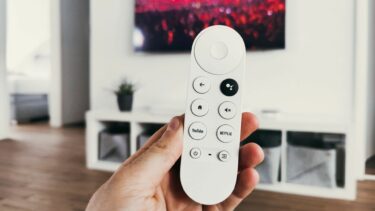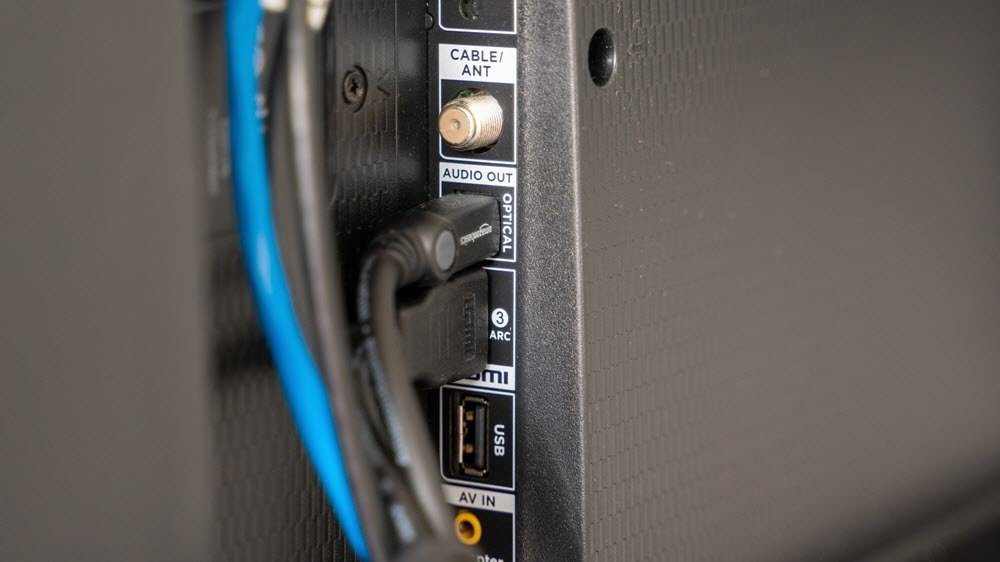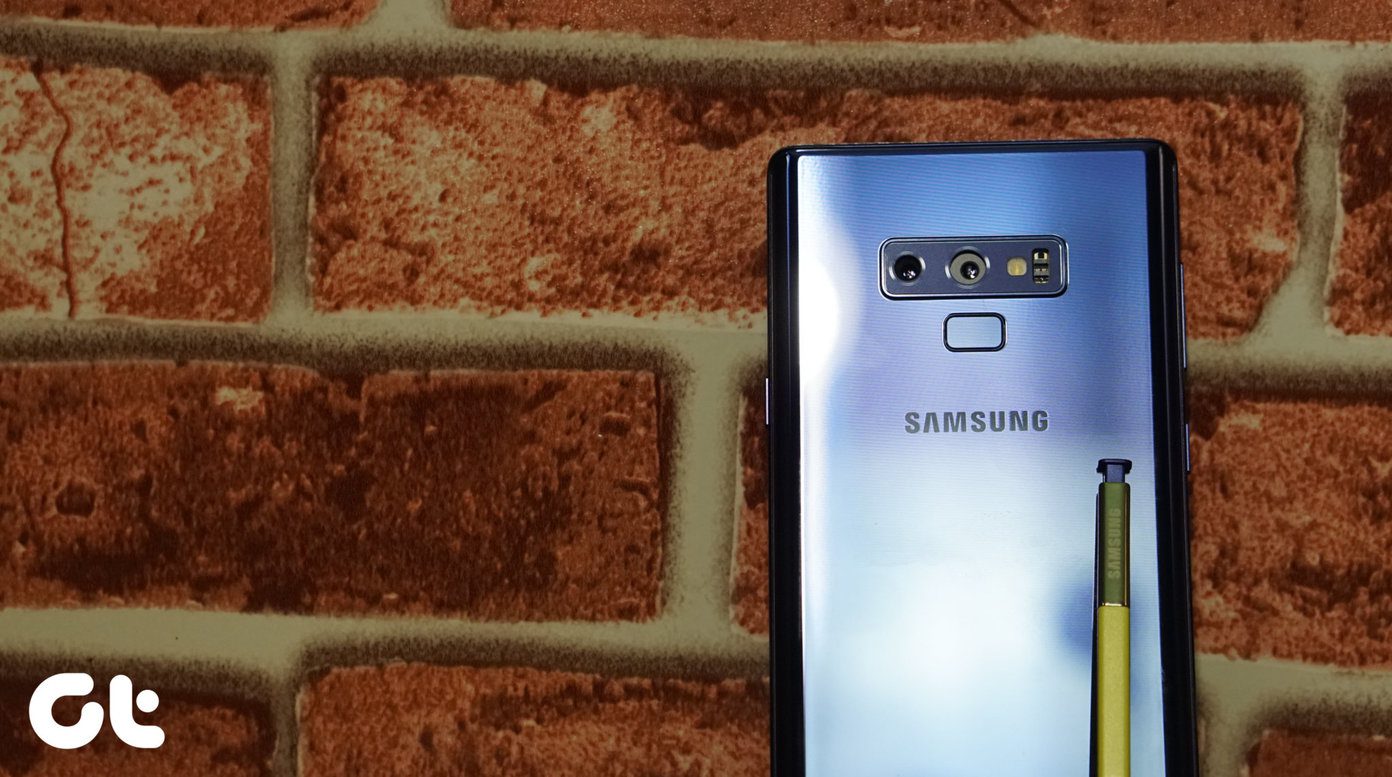LG actually packed a surprising amount of functionality in UX 4.0. When diving into the settings, LG’s purpose for the UI surfaces: efficiency and user control. There are actually a multitude of valuable settings at the user’s disposal for UI customization and system management. Hence, we have compiled a rundown of 8 useful features in UX 4.0 that users may not know about.
1. Smart Settings
LG’s Smart settings automatically set certain phone functions when a condition is detected. The first two conditions that LG has defined are location based. When the phone’s GPS detects your presence at your home address, you can have the following options toggle automatically: In contrast, those settings can be changed for when you leave your home. LG also threw in a convenience for audio lovers. You can toggle the Music app to open when either a wired or wireless headset is detected.
2. Dual Window
The Dual Window functionality is probably more known among TouchWiz users, but why should Samsung have all the fun? Within the Smart Functions menu in the General Settings, you can enable/disable Dual window. However, the usability is not entirely intuitive, so let’s go over it. The toggle to initiate Dual window is hiding in the Recent Apps switcher. Pressing it shows you the list of compatible apps that LG has so far coded into the functionality. Select two apps and then voila. Check out our guide on the LG G4 for more details on using Dual Window, or see it in action.
3. Game Optimizer
A lot of users might not know this, but by default, LG has a setting enabled that optimizes graphics quality in games to save on battery. I imagine this might not jive well with a lot of gamers out there who may enjoy viewing games the way they’re meant to. LG takes that risk by giving battery life the utmost importance. Fortunately, you can toggle the Game Optimizer off if you wish to neglect battery concerns and run at max capacity. The option is located under Battery & power saving in the General settings.
4. Smart Cleaning
Our smartphones (or computers in general) are prone to a buildup of unwanted files. If you have low storage capacity to begin with, that concern about running out of space will show itself sooner than later. You may not know that LG has included a storage cleaning tool in UX 4.0, called Smart cleaning. The system calculates how much of your free storage you’re currently using and estimates how much data can be cleaned out. It classifies disposable data by three categories: Temporary & raw files, Download folder files, and Idle apps. You can go into each of these sections and select/deselect which items to get rid of. Then, upon returning to the main page, it will recalculate the amount available for cleaning. Pretty nifty, huh?
5. Mini View
Mini view is another feature that may be more familiar to Galaxy users. When Samsung pushed the phablet trend years ago, it addressed one-handed use by throwing in a quick and simple way to shrink the screen down to a reachable size. LG’s implementation works in a similar way, where you swipe on an area of the screen to activate the function. In UX 4.0, the action is to swipe left or right on the bottom navigation buttons. The screen will shrink down to the corner determined by the direction you swiped (i.e. swiping from left to right places the shrunken screen on the bottom right corner). You can adjust the size of the screen by grabbing the opposing corner of the panel and dragging. Additionally, you can grab the top bar and move the mini screen around to a preferred spot in the vacant space. To go back to the full screen, just swipe on the navigation buttons again.
6. Hide Home Touch Buttons
Many Android users (including myself) weren’t fans of Google’s move to on-screen navigation buttons. The argument is that the black space reserved for them on the bottom of the screen takes up valuable screen real estate. Fortunately, LG has a little trick in UX 4.0 to alleviate the annoyance. Within the Display settings, there’s a customization area for Home touch buttons. Clicking on Hide Home touch buttons will open to an app selection list. You essentially tell the system on which apps to hide the navigation buttons. The customizability here is extremely cool. Some users may like to utilize a full screen in the browser but do not care for their news app, or vice versa. It’s excellent that LG is thinking about what the user wants.
7. Add/Remove Touch Buttons
In the same Home touch buttons setting as mentioned in the previous section, there’s an option to customize the navigation button layout. The buttons are software after all, why shouldn’t they be alterable? LG allows you to fill the black strip on the bottom of the screen with up to 5 buttons. Aside from the stock Recent Apps, Home, and Back buttons, there are four other buttons to choose from:
Notification: Activates the Android drop-down panel.Capture+: LG’s screenshot capturing function, with tools for user markup.QSlide: Pulls up LG’s UI apps (called QSlide Apps).Dual Window: Splits phone screen between two apps.
Bear in mind that this control allows the user to rearrange the buttons as well. Personally, I like the Back button on the far right side (the stock layout has it on the left side).
8. Vibration Settings
There’s a couple of cool options under LG’s Sound & notification settings to control the phone’s vibration. One of those allows the user to change the vibration strength. A slider adjusts between 7 different intensities. Vibration is used for both notifications and button taps, therefore, LG allows you to adjust the intensity independently for either purpose. The other setting can alter the vibration type. As implied, a different vibration pattern can be selected. What’s also neat is that in addition to a few predefined patterns, you can actually create your own. Clicking on the + on the top right corner opens the Vibration creator. Simply tap or long-hold on the screen to create a unique vibration pattern.
Are These Features Valuable to You?
LG really put forth an effort to pack UX 4.0 with useful features (as well as UX 4.0+, which utilizes the new hardware in the LG V10). Do you think it paid off? Is there something you’d like to see in the next version? The above article may contain affiliate links which help support Guiding Tech. However, it does not affect our editorial integrity. The content remains unbiased and authentic.

































